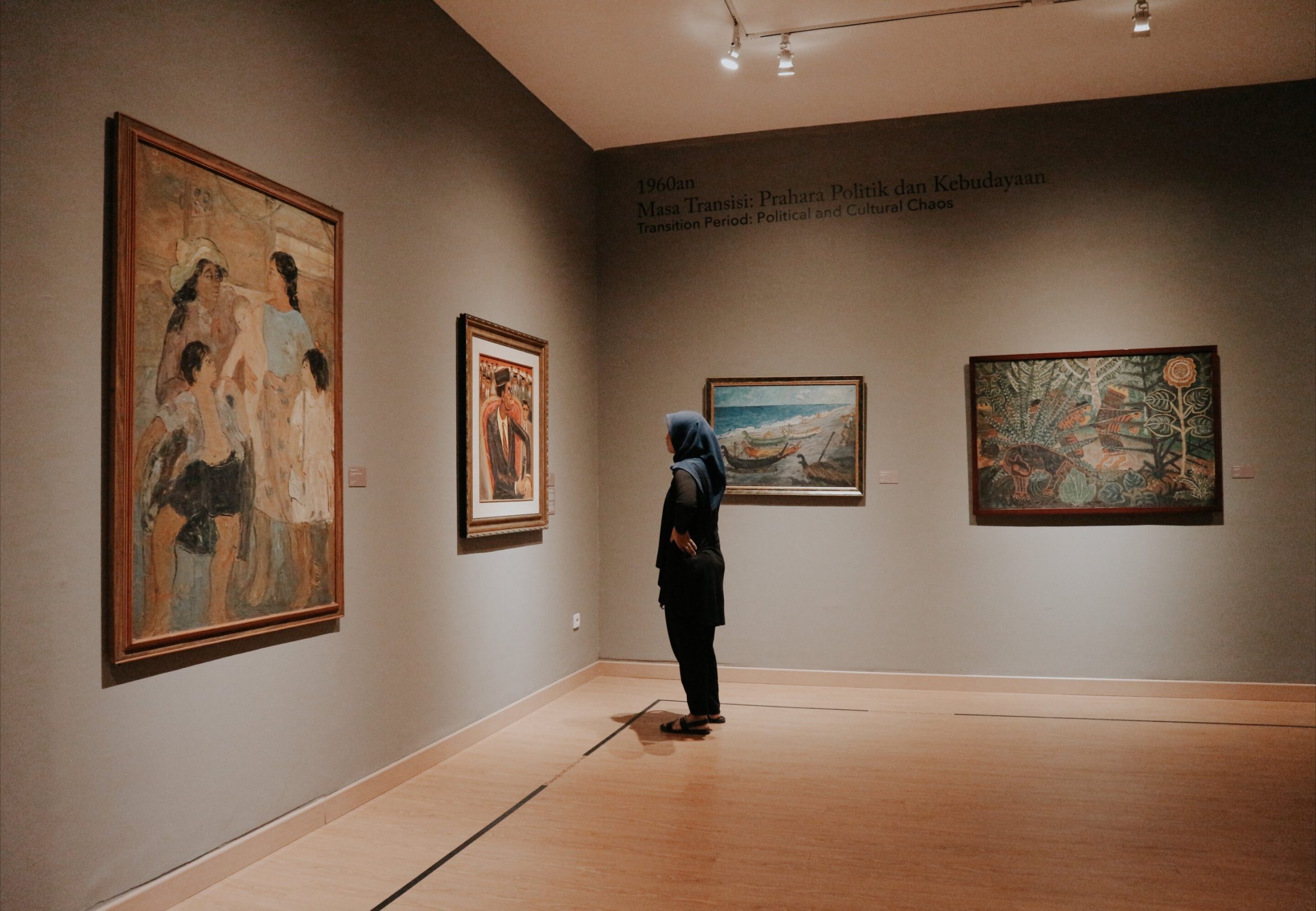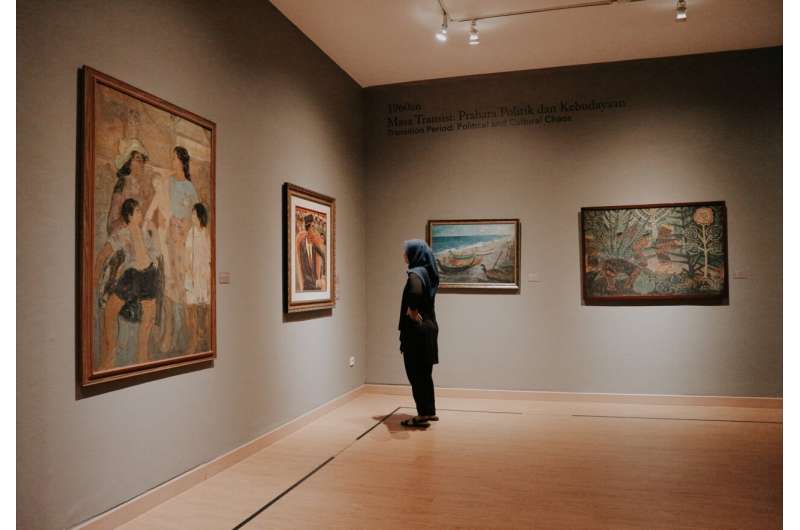

Some people have strong reactions to art and music, others hardly any. In 2020, researchers at the Max Planck Institute for Empirical Aesthetics (MPIEA) in Frankfurt am Main, Germany, developed a method that scientists can use to predict the general receptivity of potential study participants to aesthetic stimuli. Initially, the Aesthetic Responsiveness Assessment (AReA) was available only in German and English. Now, however, a team of researchers from the MPIEA and Shahid Beheshti University (SBU) in Tehran, Iran, have validated the procedure in Persian (Farsi) as well. Their findings have just been published in the journal Psychology of Aesthetics, Creativity, and the Arts.
The AReA questionnaire comprises 14 questions and can be used to screen participants to be selected for empirical aesthetics studies. Divided into three subscales—Aesthetic Appreciation, Intense Aesthetic Experience, and Creative Behavior—the tool allows researchers to determine how strongly a person responds to aesthetic stimuli, such as music, visual art, or poetry.
“People vary quite a bit in how they respond to aesthetic experiences. It is important to consider the role culture plays in such individual differences, but existing tools for assessing aesthetic responsiveness largely focus on North American and European cultures,” explains co-author Julia F. Christensen of the MPIEA.
In an attempt to extend empirical aesthetics research to another culture and language, the researchers developed a new version of the AReA questionnaire, translating it into Persian and adapting it to Persian culture, and then tested it with 1,586 study participants. Altogether, this validation process took more than four years.
Another co-author of the study, MPIEA researcher Edward A. Vessel, describes the outcome: “Our results confirm the reliability of the Persian version of the AReA, which provides a new standard for measuring aesthetic responsiveness in Persian-speaking communities. This will greatly facilitate the development of cross-cultural research in empirical aesthetics.”
Due to its political situation, Iran is quite isolated. This isolation nevertheless provides a special opportunity to study aesthetic responsiveness in a country that is little influenced—or influenced only via the internet—by Western culture. The few existing studies that have directly examined the aesthetic preferences of Iranians have identified both significant differences from and similarities to those of Western populations. With the help of the Persian-language AReA questionnaire, this important research can now be developed further and enhanced.
More information:
Soroosh Golbabaei et al, The Aesthetic Responsiveness Assessment (AReA) in Farsi language: A scale validation and cultural adaptation study., Psychology of Aesthetics, Creativity, and the Arts (2022). DOI: 10.1037/aca0000532
Provided by
Max Planck Society
Citation:
Researchers introduce a Persian language tool for evaluating aesthetic responsiveness (2022, November 22)
retrieved 22 November 2022
from https://phys.org/news/2022-11-persian-language-tool-aesthetic-responsiveness.html
This document is subject to copyright. Apart from any fair dealing for the purpose of private study or research, no
part may be reproduced without the written permission. The content is provided for information purposes only.